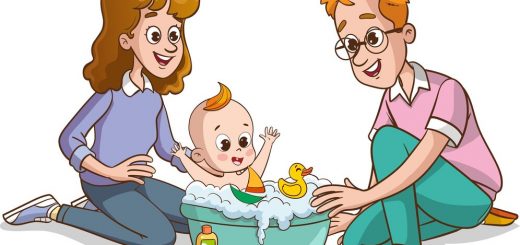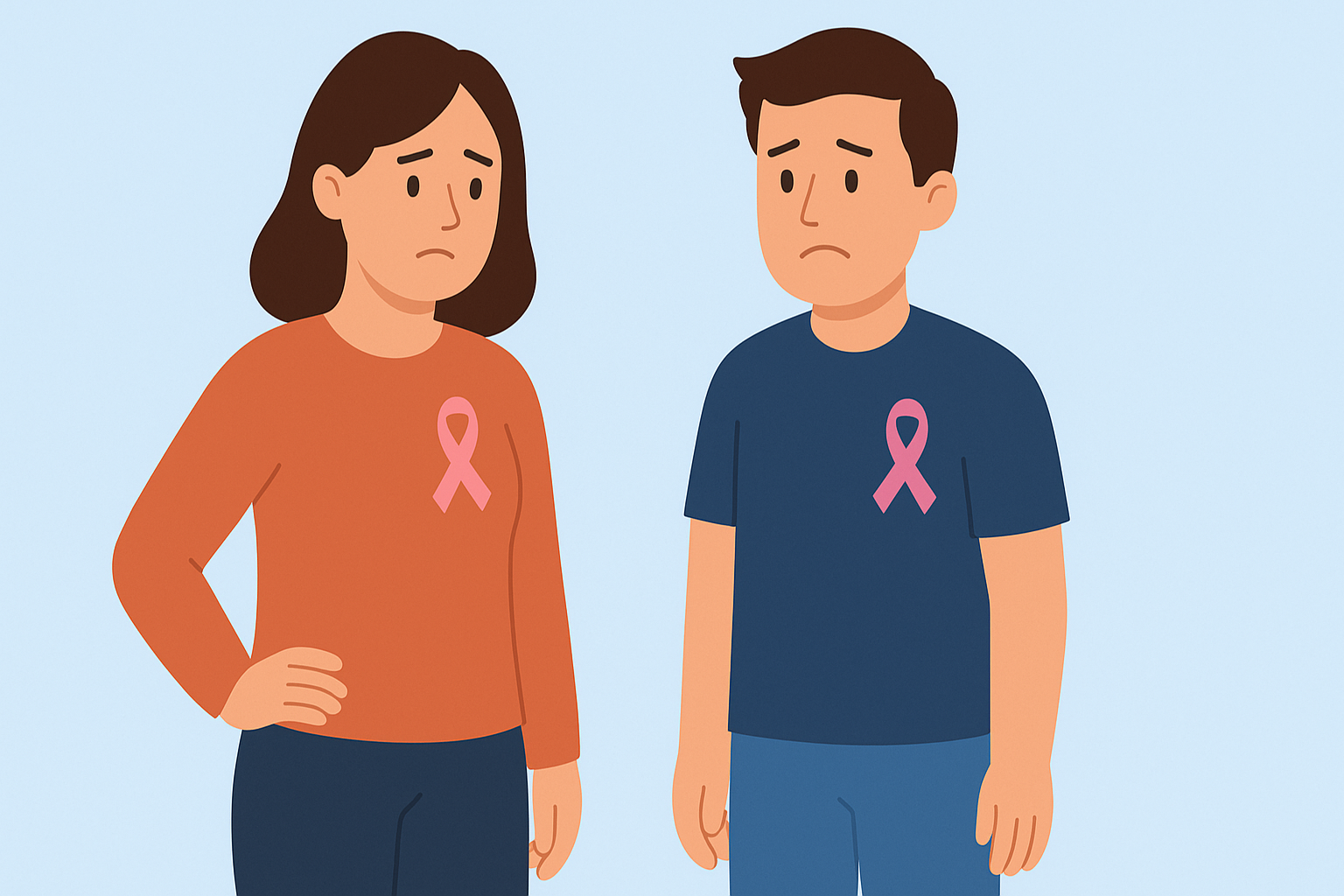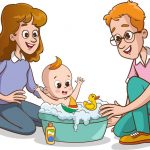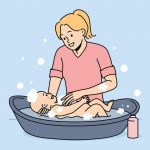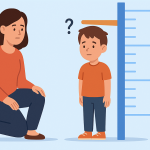How to bathe a baby?
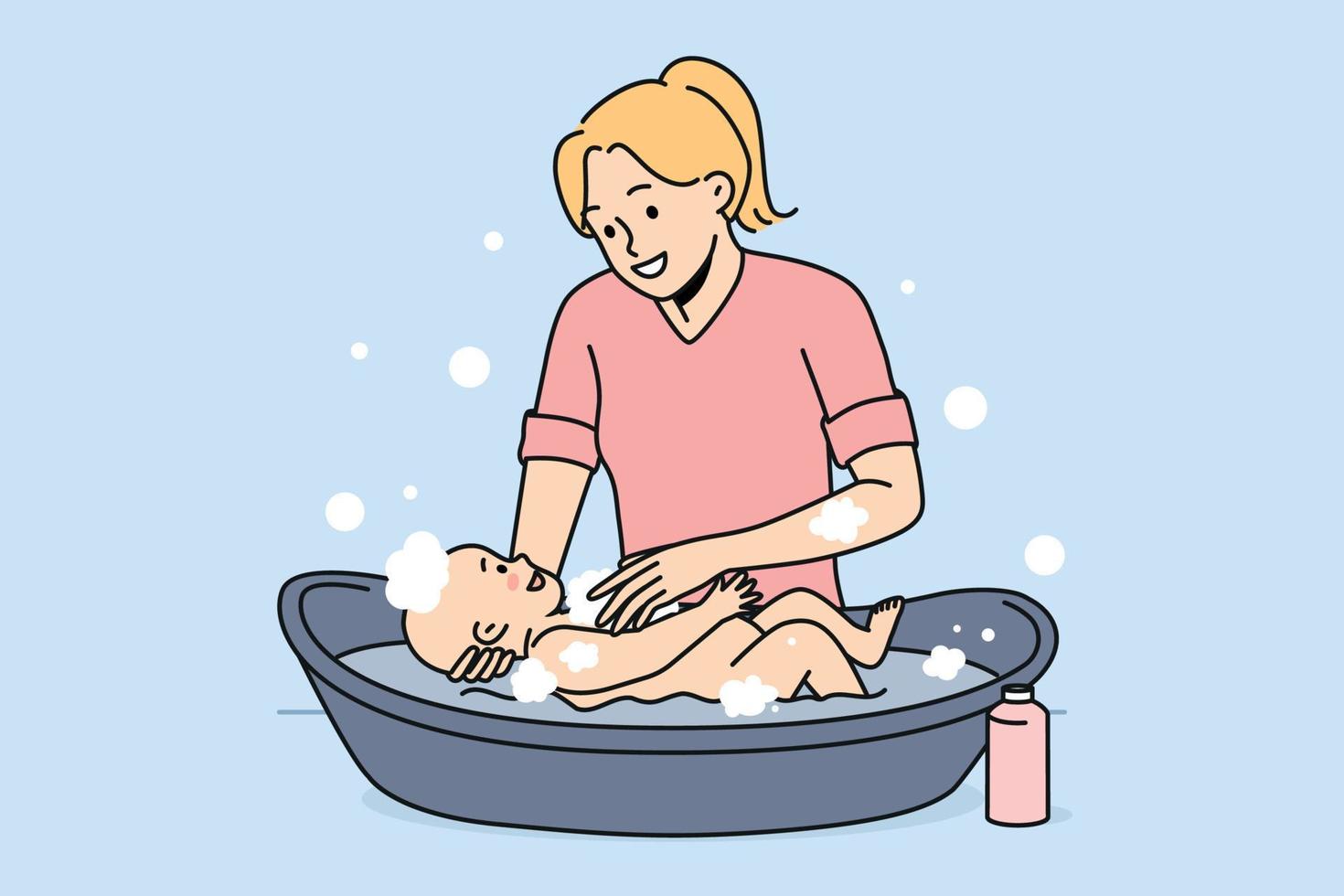
Founder of the Maternity School and experienced midwife in baby care, Asude Oflaz shares her knowledge and experience on baby baths.
Baby Bath Preparation
Bath time for babies serves not only for cleanliness but also for relaxation and establishing routines. It is generally preferred to bathe babies and children at the same time of day. Occasionally, baths may also be given for therapeutic purposes outside the routine. For example, warm baths are among the suggested remedies for gas pain, sleep issues, and constipation.
Before bath time, make sure the baby is neither too full nor too hungry. If the baby’s stomach is too full, the risk of vomiting increases. If too hungry, the baby may cry during the bath.
How to Bathe a Baby
The bathing area should be prepared in advance. If any items are forgotten, the bath should not be interrupted to go and get them. The bathing area can be the child’s room or the home bathroom, but it should be spacious enough to allow easy use of all materials.
The room temperature is crucial. An ambient temperature between 24-28°C (75-82°F) is ideal. Avoid placing the baby under direct airflow from heating or cooling systems, and ensure there is no draft from open windows or doors.
To avoid temperature differences, post-bath massage should be done in the same room. Therefore, the entire bath time should include massage, totaling about 20 minutes. For newborns, this can be broken down into a maximum of 7-10 minutes for the bath, and about 10 minutes for massage and dressing.
All items needed for the bath and after should be prepared in advance. If the baby has cradle cap, oil should be applied to the affected area about 30 minutes before bath time to soften it, and it can be brushed off after the bath.
The bathwater should be set to 37°C (98.6°F), which is body temperature, and can be transferred to the tub using a bucket. You can check the temperature using your elbow. Another option for setting the water temperature is a thermostatic mixer. Thermostatic mixers respond quickly to sudden changes in water pressure, helping maintain a steady temperature throughout the bath. This saves time in preparing the bath and reduces water waste, contributing to water and energy conservation and helping your household budget.
Essential Items for Baby Bathing
Certain items specifically made for babies are required for bath time. First, a baby bathtub is necessary. A standard-sized tub that allows the baby to lie comfortably in water is sufficient. Foldable tubs can be too small. Tubs with built-in barriers may not be suitable for newborns. Flat-bottomed tubs are more functional for moving the baby back and forth. For older infants, tubs with sitting barriers can be used if the parent is bathing the baby alone. Having a built-in drainage plug is also helpful.
The tub should be placed on a stable, elevated surface. Parents should avoid bathing the baby on the floor or on soft surfaces like a bed.
A second item might be a small bucket. This can be used for rinsing or, in some cases, for soothing the baby during gas pains. The bucket should be made of the same lightweight, sturdy material as the tub.
A handled pitcher should be used for rinsing the baby after the bath, especially for controlled pouring of water at the right temperature. It’s not necessary to use hats or shields to prevent water from getting into the baby’s eyes or ears.
Other essential items include baby shampoo, a natural sponge, a thermometer, and possibly a mesh sling for inside the tub. After-bath items include a towel with a muslin cloth inside, massage oil, a diaper, clothes, a hairbrush, a vest, and a hat to be worn briefly.
Ideal Water Temperature for Baby Bath
The baby should be bathed in water that is first warmed and then cooled to body temperature. The ideal bath water temperature is around 37°C (98.6°F). You can test the water with your elbow or use a thermometer if unsure. Another great option is to use thermostatic mixers. With thermostatic mixers, water temperature can be quickly and easily set to 37°C and then transferred to the tub, making bath time more comfortable.
One long-term advantage of thermostatic mixers for families with children is safety. As your child grows and starts bathing independently, keeping water at a stable temperature becomes even more important. Thermostatic mixers prevent accidental temperature increases, reducing the risk of burns and ensuring peace of mind for parents.
Important Safety Tips for Parents During Baby Bath
Babies and young children should never be left alone in the bath without safety precautions. If using a tub, the parent must always be holding the baby. Even if a bath sling is used, the baby should always be in the correct supported position. It is important to be in a position where the baby can be quickly removed in an emergency, such as an unstable stand or sudden movements.
Parents often worry about the baby slipping from their hands. To prevent this, a non-absorbent material can be placed at the bottom of the tub. Avoid sponges that absorb too much water and cause the water to cool faster and require more refills. A small towel may work better.
If using a bucket, it’s important to hold the baby in the correct position.
Parents often worry about water getting into the baby’s ears. However, since babies develop in a fluid-filled environment, water in the ears is not harmful. With the right bathing position, these fears can be eased. Baby-specific shampoos should be used, and soaps that sting the eyes should be avoided.
Practical Solutions for Adjusting Water Temperature
It can be difficult to get the right water temperature using standard taps. During the adjustment process, water is often wasted as it fluctuates between hot and cold.
With thermostatic mixers, however, water temperature can be quickly and easily set and maintained throughout the bath.
Thermostatic mixers with a safety button require you to press the safety button to increase the temperature beyond a certain point. This prevents accidental burns due to uncontrolled adjustments.
Another long-term advantage for families is the protection thermostatic mixers offer as your child grows older and starts bathing alone. By keeping the water temperature steady, they prevent accidental scalding, offering safety and peace of mind for parents.
